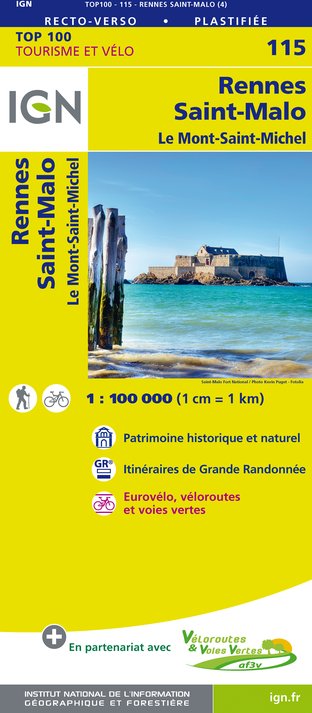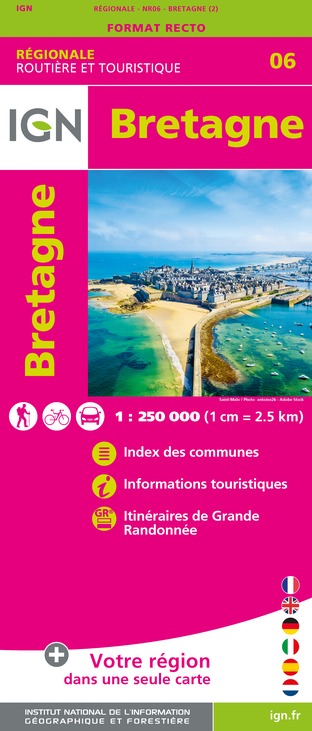Tours
Activities
Places of interest
Where to eat
Where to sleep
Explore Noyal-chatillon-sur-seiche's local charms
Are you in charge of the destination?Nestled in the heart of Ille-et-Vilaine, Brittany, the enchanting town of Noyal-chatillon-sur-seiche beckons visitors to explore its local heritage. With its picturesque landscapes, the town offers refreshing walks along the Seiche River, where nature enthusiasts can immerse themselves in the local flora and fauna. Be sure not to miss the Parc de la Sablière, a natural haven ideal for relaxation o...See more
Walking around Noyal-chatillon-sur-seiche
See more suggestionsEnjoy outdoor walks in Noyal-chatillon-sur-seiche.
See more suggestionsWhat to do in Noyal-chatillon-sur-seiche
See more suggestionsOrganize your days in Noyal-chatillon-sur-seiche with bookable activities for the whole family.
See more suggestionsIGN cards

1219SB - BRUZ JANZÉ
Editor : IGN
Collection : TOP 25 ET SÉRIE BLEUE
Scale : 1:25 000
13.90€

115 RENNES SAINT-MALO LE MONT-SAINT-MICHEL
Editor : IGN
Collection : TOP 100
Scale : 1:100 000
8.40€

TOP100D35 - ILLE-ET-VILAINE RENNES FOUGÈRES SAINT-MALO BAIE DU MONT SAINT-MICHEL
Editor : IGN
Collection : TOP 100
Scale : 1:100 000
8.40€

D49 MAINE-ET-LOIRE
Editor : IGN
Collection : CARTES DÉPARTEMENTALES IGN
Scale : 1:150 000
5.90€

D44 LOIRE-ATLANTIQUE
Editor : IGN
Collection : CARTES DÉPARTEMENTALES IGN
Scale : 1:150 000
5.90€

D35 ILLE-ET-VILAINE
Editor : IGN
Collection : CARTES DÉPARTEMENTALES IGN
Scale : 1:150 000
5.90€

NR07 PAYS DE LA LOIRE
Editor : IGN
Collection : CARTES RÉGIONALES IGN
Scale : 1:250 000
6.80€

NR06 BRETAGNE
Editor : IGN
Collection : CARTES RÉGIONALES IGN
Scale : 1:250 000
6.80€

801 FRANCE NORD OUEST
Editor : IGN
Collection : CARTES NATIONALES IGN
Scale : 1:320 000
6.10€

EUROPE
Editor : IGN
Collection : DÉCOUVERTE DES PAYS DU MONDE IGN
Scale : 1:2 500 000
7.00€
What to visit in Noyal-chatillon-sur-seiche
See more suggestionsAttend shows and concerts in Noyal-chatillon-sur-seiche.
See more suggestionsWhere to eat in Noyal-chatillon-sur-seiche
See more suggestionsDiscover the local flavors of Noyal-chatillon-sur-seiche.
See more suggestionsWhere to sleep in Noyal-chatillon-sur-seiche
See more suggestionsStay at one of the many hotels in Noyal-chatillon-sur-seiche.
See more suggestions














































